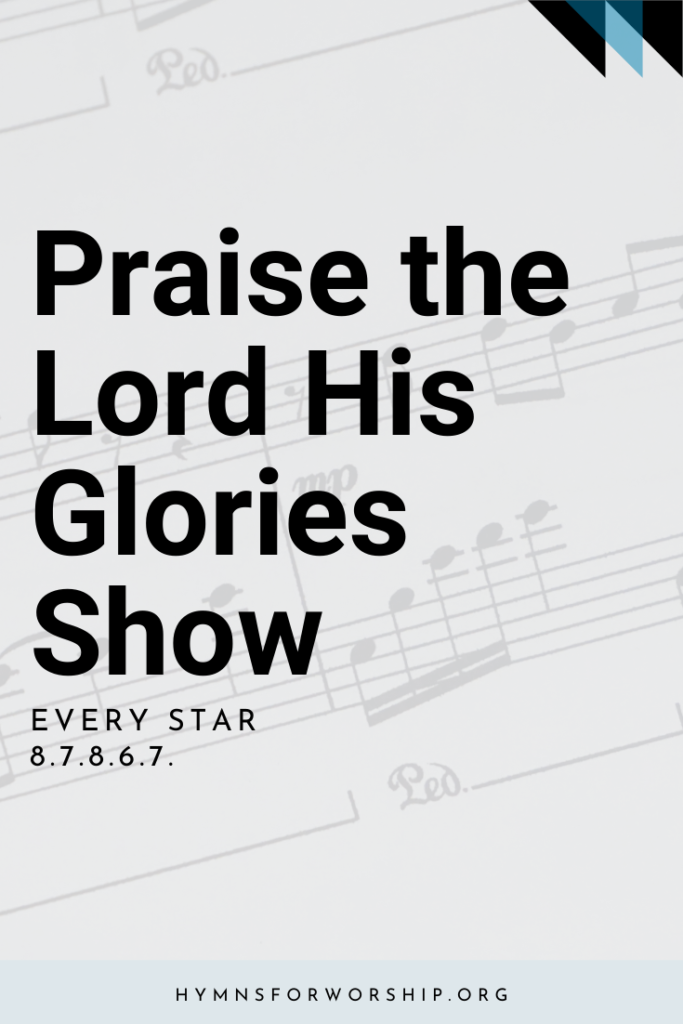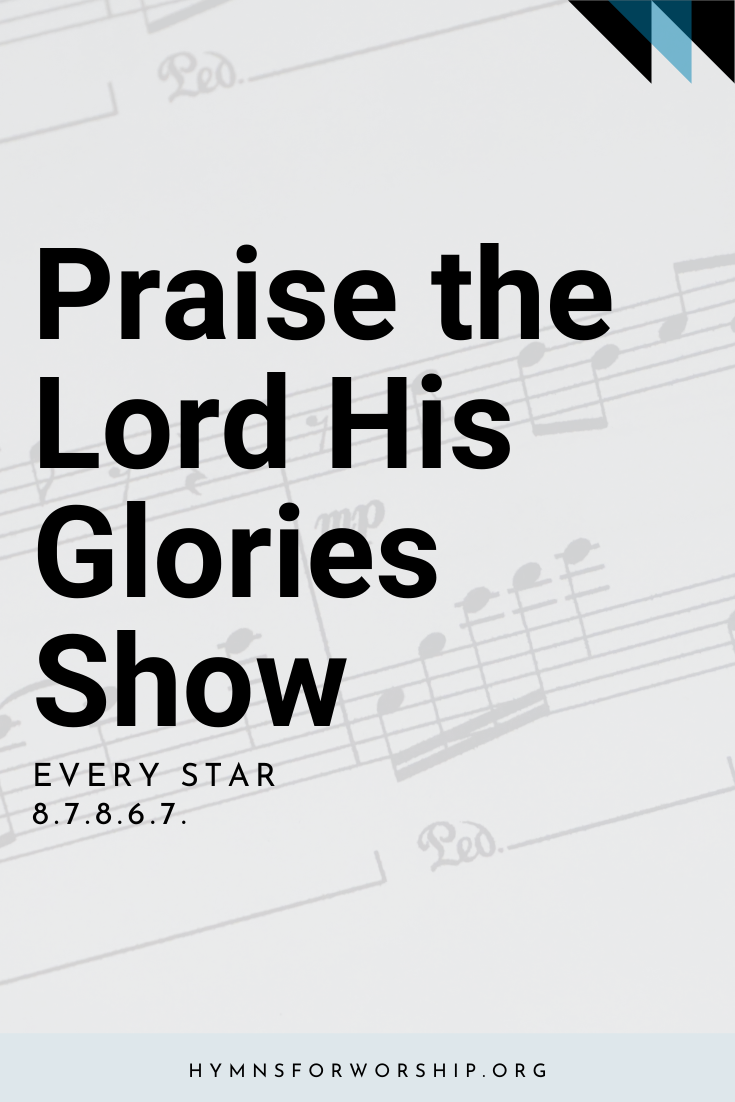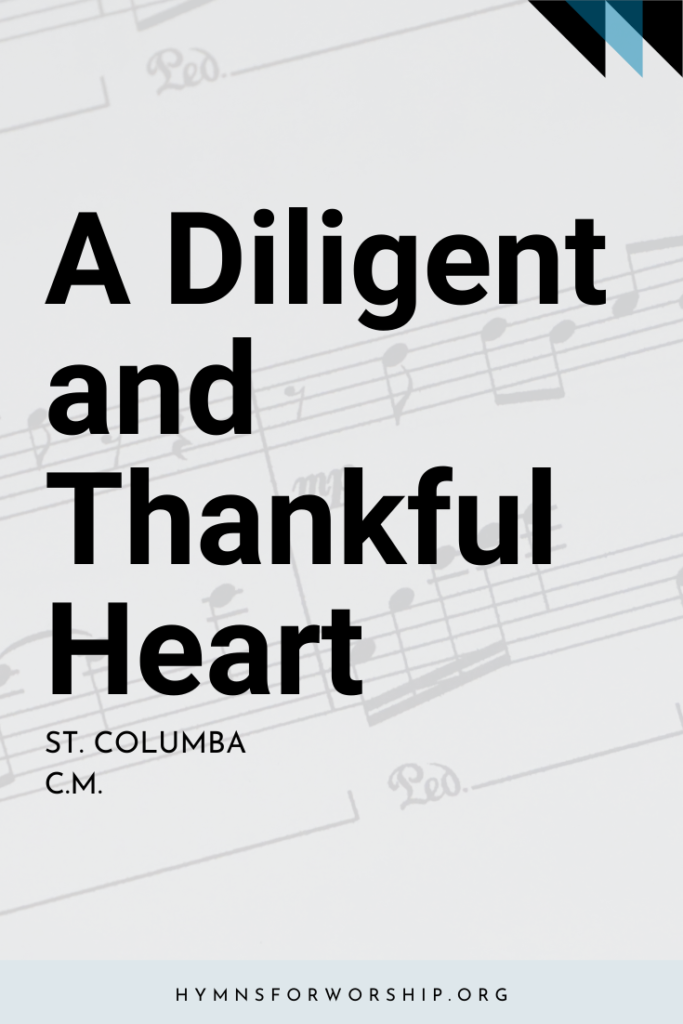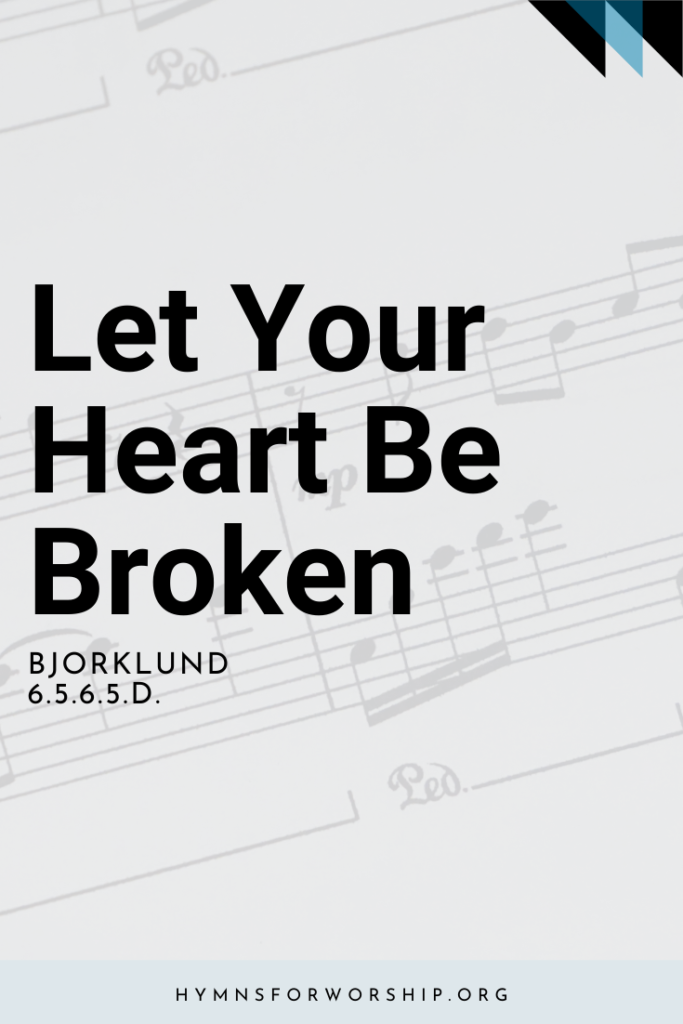WORSHIP >> Adoration & Praise
SDAH 25
Praise the Lord, His glories show, Alleluia!
Saints within His courts below, Alleluia!
Angels ’round His throne above, Alleluia!
All that see and share His love, Alleluia!


Get the hymn sheet in other keys here
For Worship Leaders
Make each hymn more meaningful with these helpful tools: Short, ready-to-use hymn introductions for church bulletins, multiple ways to introduce a hymn based on your worship theme and in-depth history and insights to enrich your song service.
Hymn Spotlight: Praise the Lord, His Glories Show
A joyful and triumphant hymn, Praise the Lord, His Glories Show is Henry Francis Lyte’s (1793–1847) paraphrase of Psalm 150, the great psalm of praise. Written in 1835, this hymn captures the exultant spirit of the psalmist, urging all creation to worship the Lord:
“Let everything that hath breath praise the Lord!” (Psalm 150:6).
Though many of Lyte’s hymns, like Abide With Me (SDAH 50), are reflective in tone, this hymn overflows with joy and celebration. The repeated alleluias enhance the song’s festive and uplifting nature, making it a perfect anthem of praise.
The tune, LLANFAIR, was composed by Robert Williams (c. 1781–1821), a blind basketmaker from Wales with a remarkable gift for music. First published in 1837, it was later arranged by John Roberts, a Welsh hymnody leader who helped establish the Cymanfau Ganu, the famous Welsh singing festival still held today. The tune’s strong, soaring melody perfectly complements the hymn’s message of glory and praise to God.
As we sing today, may our voices join in the great chorus of creation, lifting alleluias to our King!


Text
1
Praise the Lord, His glories show, Alleluia!
Saints within His courts below, Alleluia!
Angels ’round His throne above, Alleluia!
All that see and share His love, Alleluia!
2
Earth to heaven and heaven to earth, Alleluia!
Tell His wonders, sing His worth, Alleluia!
Age to age and shore to shore, Alleluia!
Praise Him, praise Him evermore! Alleluia!
3
Praise the Lord, His mercies trace, Alleluia!
Praise His providence and grace, Alleluia!
All that He for man hath done, Alleluia!
All He sends us through His Son. Alleluia!

Hymn Info
Biblical Reference
(a) Ps 150:1, 148:2 (b) Ps 148:4, 7
Author
Henry Francis Lyte (1793-1847)
Year Published
1834
Hymn Tune
LLANFAIR
Metrical Number
7.4.7.4.D.
Composer
Robert Williams (c.1781-1821)
Arranger
John Roberts, 1837 (1822-1877)
Year Composed
1817
Theme
ADORATION & PRAISE





